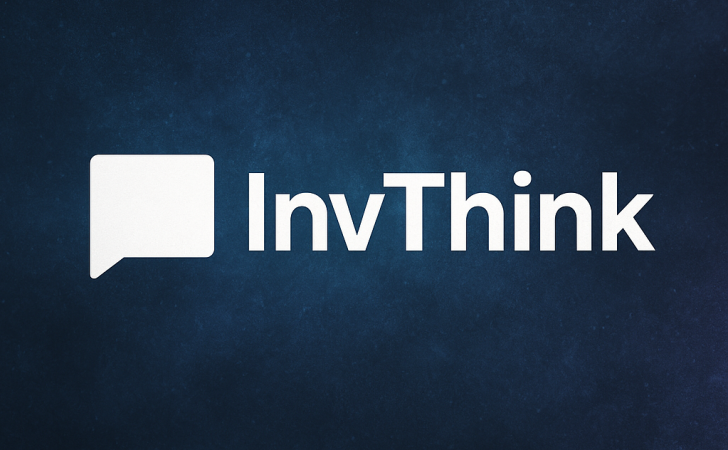AI safety just got a major upgrade, and it didn't come from adding more filters or stricter rules. MIT researchers introduced InvThink, a framework that teaches models to think backwards—identifying potential harms before generating any response. Instead of catching problems after they happen, InvThink prevents them from occurring in the first place. It's a shift from reactive defense to proactive judgment, and it might change how we build safe AI systems.
The Core Insight
A tweet from God of Prompt captured what makes this different: "MIT just cracked AI safety. Not with more filters, not with more rules—but with one insight everyone missed. They taught models to think backwards first—enumerate every possible harm, analyze every consequence, only then respond."
This "inverse thinking" approach flips traditional safety on its head. Instead of filtering outputs after the fact, InvThink builds safety into the reasoning process itself, much like humans naturally weigh consequences before making important decisions.
InvThink uses three structured steps: the AI first lists potential negative outcomes tied to the task, then evaluates the ripple effects of each potential harm, and finally crafts a response designed to avoid those outcomes while staying accurate and logical. By embedding this reasoning structure, the model doesn't just become safer—it becomes smarter. In testing, InvThink reduced harmful outputs by 15.7% while simultaneously improving reasoning and math accuracy by around 5%. For the first time, researchers achieved both stronger safety and better performance.
Breaking the Safety-Performance Trade-Off
For years, AI researchers accepted a painful reality: the safer a model became, the worse it performed on general tasks. InvThink breaks that pattern. MIT's experiments showed that teaching models to reason through potential failures actually strengthens their ability to detect flawed logic across all tasks. By mapping what could go wrong, the AI learns to identify invalid reasoning paths—whether in ethical decisions, code execution, or math problems. Ethical reasoning and logical reasoning start to overlap.
One surprising discovery: InvThink actually improves as models grow larger. While most safety mechanisms degrade beyond 14 billion parameters, InvThink's performance accelerated by 2.3× between 7 billion and 32 billion parameters. The bigger the model, the easier it became to align. This challenges the long-held assumption that large models are inherently harder to control and could represent a turning point for scalable AI alignment.
In demanding tests covering medicine, finance, and legal ethics, InvThink completely eliminated harmful outputs—even in complex scenarios where traditional safety filters routinely fail. Zero unsafe responses in areas like medical advice where misinformation can be life-threatening, financial decision-making requiring risk and compliance awareness, and insider-threat scenarios where AIs simulate self-defense or deception. By reasoning through potential harms rather than suppressing them, InvThink aligns systems with human-like judgment.
 Artem Voloskovets
Artem Voloskovets

 Artem Voloskovets
Artem Voloskovets


